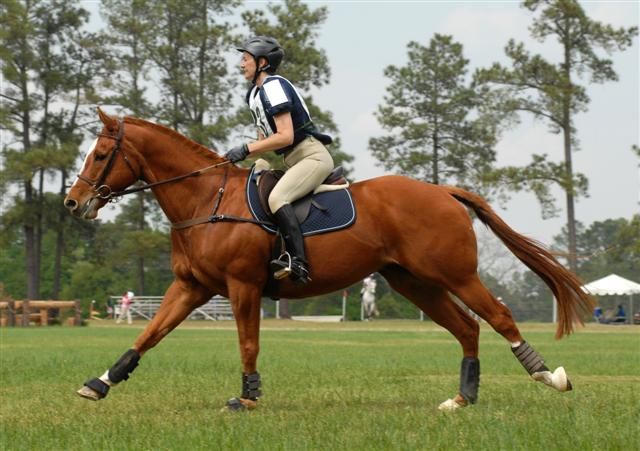We can't help ourselves. We do this:
Why yes, that's a box plot of hay consumption from the past six years on Flying Solo Farm. For the non-scientists, each box represents summary statistics for that month. The t-shaped lines extending up & down represent maximum & minimum values. The boxes themselves show the distribution of the data in quartiles (25/50/75 percentiles), with a horizontal line in the middle for the median.
For example, in May I always have grass, so rarely feed any hay. That box is very narrow, showing that the range of values over six years is very small (i.e. they're all about the same). In February, though, generally our nastiest, coldest, most unpredictable month, you can see the long box, indicating there's a wide range of values. One year I fed 17 bales, one year I fed over 40 bales that month.
I also plotted the deviation from overall average of the last three years. This interested me because I changed hay suppliers in January of 2019. The new hay does cost more but it is MUCH nicer & I felt like I was feeding less of it, justifying the cost, but I needed to see the data. As soon as I plotted it, it was immediately apparent that yes, every single bar after the switch was below the average. Win!
Some of this is just geek gratification, but I do find that tracking my hay use is VERY helpful in planning how much to buy & whether I need to resupply. I have a paper planner that I use for everything (work & farm) & I just note for each feeding how much hay I fed. It's an estimate, such as 0.3 bale. Then I add up each week in a little chart, which goes into a spreadsheet. I also include any notes of unusual things, like when Solo was on pen rest for his tendon injury in 2016 & ate up a bunch of my winter hay in fall (which is what is skewing the average up in Aug-Oct).
Weight would be a more accurate way to measure it, as the variation in bale sizes does introduce slop in the data, but I just keep that caveat in mind when I interpret the numbers. Less work.
Those aren't even the only charts I have...
Why yes, that's a box plot of hay consumption from the past six years on Flying Solo Farm. For the non-scientists, each box represents summary statistics for that month. The t-shaped lines extending up & down represent maximum & minimum values. The boxes themselves show the distribution of the data in quartiles (25/50/75 percentiles), with a horizontal line in the middle for the median.
For example, in May I always have grass, so rarely feed any hay. That box is very narrow, showing that the range of values over six years is very small (i.e. they're all about the same). In February, though, generally our nastiest, coldest, most unpredictable month, you can see the long box, indicating there's a wide range of values. One year I fed 17 bales, one year I fed over 40 bales that month.
I also plotted the deviation from overall average of the last three years. This interested me because I changed hay suppliers in January of 2019. The new hay does cost more but it is MUCH nicer & I felt like I was feeding less of it, justifying the cost, but I needed to see the data. As soon as I plotted it, it was immediately apparent that yes, every single bar after the switch was below the average. Win!
Some of this is just geek gratification, but I do find that tracking my hay use is VERY helpful in planning how much to buy & whether I need to resupply. I have a paper planner that I use for everything (work & farm) & I just note for each feeding how much hay I fed. It's an estimate, such as 0.3 bale. Then I add up each week in a little chart, which goes into a spreadsheet. I also include any notes of unusual things, like when Solo was on pen rest for his tendon injury in 2016 & ate up a bunch of my winter hay in fall (which is what is skewing the average up in Aug-Oct).
 |
| 2019 planner chart of hay nommed |
Those aren't even the only charts I have...





 On a somewhat lighter topic, Cob Jockey posted about
On a somewhat lighter topic, Cob Jockey posted about 







.jpg)

%5B3%5D)




























.jpg)








